Shining Bright: How Yeuell’s Solar-Powered Nameplates Illuminate a Sustainable Future
February 20, 2024
During a time when businesses are increasingly recognizing the potential in solar power as a clean and sustainable energy source, Yeuell Nameplate & Label has joined the ranks with our recently completed installation of Roof Top Solar Array Panels. This means that your nameplates and labels are made by the sun – and very talented and dedicated employees!
Today prioritizing renewable energy sources has become paramount for businesses. Among these sources, solar power stands out with its ability to offer a clean and virtually limitless energy solution. Yeuell is part of the growth of the US solar industry and is focused on the importance of being conservative with energy use.
The sight of solar panels adorning rooftops has become increasingly common, reflecting a global shift towards harnessing the power of the sun. At its core, solar energy is abundant, renewable, and emits no greenhouse gases during operation, making it an environmentally friendly alternative to traditional fossil fuels. Our Roof Top Solar Array exemplifies this transition, and we’re enthusiastic about significantly reducing our carbon footprint.
One of the most remarkable aspects of solar power is its simplicity. Sunlight, a resource freely available to all, is converted into electricity through a process that not only generates clean energy but also embodies a sense of independence from conventional energy sources. As the sun rises each day, it gifts us with a sustainable energy source, powering our homes, businesses, and communities.
However, the benefits of solar power extend beyond environmental stewardship. Solar power offers immense potential for transforming industrial operations.
Here’s a closer look at how it’s helping us at Yeuell:
- Cost Savings: By reducing our reliance on expensive grid energy, we’re seeing lower energy bills and potential tax/rebate incentives. We’re expecting a compelling return on investment over the long term.
- Energy Independence: By generating electricity on-site, we’re insulating ourselves from fluctuations in energy prices and enhancing our energy security.
- Environmental Sustainability: Since transitioning to solar energy, we’re able to demonstrate our commitment to sustainability and corporate responsibility.
- Operational Efficiency: Our solar power system seamlessly integrated into our existing industrial infrastructure. Additionally, features of solar technology such as smart monitoring and control systems, further enhance our operational efficiency.
As we continue to explore innovative ways to reduce our environmental impact and embrace renewable energy sources, we invite others to join us on this path towards a greener, more sustainable future.
Lexan Material: Optimal for Signs, Decals and Labels
March 27, 2015
What is Lexan?
Lexan material is a common replacement for glass & Plexiglass, though it is known to be stronger and more resilient. Due to its strength and similarities to glass, the material is frequently used in signage and industrial applications. Unlike glass, though, Lexan has a very difficult development process and is a highly complex material. Also unlike glass–many do not know what exactly Lexan is.
Lexan is a sheet of polycarbonate resin that is so strong it is shatterproof and virtually bulletproof. Technically, it is a plastic material though it is stronger and more durable than plastic as well as glass. It is made through a patented chemical process involving the reaction between Bisphenol A and carbonyl chloride. Although the material can technically be cut in many ways, it is only technically considered Lexan if the sheet lengths are cut between .75 mm and 12 mm.
This process was developed in the 1950s during research for a more durable plastic material. In fact, researchers at General Electric Plastics in America and at Bayer in Germany discovered the material around the same time. But, after a struggle, GE ended up with the patent and is still a primary developer and producer of Lexan.
Lexan vs Plexiglass
Lexan material is known for its shiny, acrylic appearance, which adds sleekness to its strength. It scratches similar to Plexiglass despite the many other differences between the materials. When comparing Lexan vs. Plexiglass, Lexan usually comes out on top due to its strength and resiliency. It’s bulletproof depending on the weapon used and the distance at which it’s shot. In fact, it is often used for bulletproof windows and armored vehicles.
So, at this point, you might be wondering why a material used to bulletproof windows should be used on nameplates and decals. There are many reasons Lexan is good for labels, especially those with harsh industrial applications:
• It is more economical than metal
• It has excellent ink adhesion
• It has a variety of clear or textured surface
• It is resistant to solvents
• It has good clarity, stability, and die-cutting characteristics
All of these qualities result in Lexan material having a long life, reliable durability, and attractive appearance. Plus, these labels and decals are subsurfaces printed between the Lexan & the adhesive so the image lasts long. If you’re interested in other durable materials for nameplates and decals, learn about why Mylar is an ideal material for tags.
Choose Yeuell for All Your Label Needs
If you’re looking for Lexan material labels or tags, click here to request your free quote. We’re committed to delivering you the best experience and service. Plus, with the recent Roof Top Solar array we installed, we now produce more electricity than we consume — helping you save money while keep our environment sustainable.
What is Mylar Used For & Why is it Great for Tags, Labels, and More
February 26, 2015
What is Mylar Material?
What is Mylar material and what is Mylar used for? Mylar, a type of stretched polyester film, is used in applications such as space blanket material, emergency blanket material, foil balloons, and Mylar tags and equipment labels. Obviously, the material is strong, versatile, and multifunctional. Its many remarkable properties make it appropriate for various commercial uses.
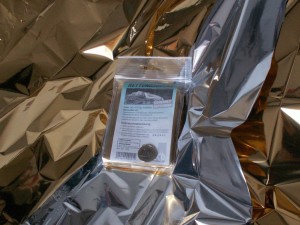 This naturally transparent material is an electric insulator with high tensile strength. Both of these qualities make it ideal for harsh industrial uses. Because it acts as a barrier against gas and odors, Mylar is often used to provide containment and protection. It is also chemically stable, which makes it reliable, durable, and safe in a wide variety of applications. One popular commercial application is Mylar tags, which are known for their resilience in tough conditions.
This naturally transparent material is an electric insulator with high tensile strength. Both of these qualities make it ideal for harsh industrial uses. Because it acts as a barrier against gas and odors, Mylar is often used to provide containment and protection. It is also chemically stable, which makes it reliable, durable, and safe in a wide variety of applications. One popular commercial application is Mylar tags, which are known for their resilience in tough conditions.
Though it typically is thought of as a shiny, foil-esque material, what is Mylar used for? It can commonly be used as a labeling material and can come in a variety of types, such as:
• Clear Mylar Tags
• Matted Mylar Tags
• Pigmented Mylar Tags
• Metalized Mylar Tags
• Brushed Mylar Tags
This versatility allows Mylar tags and Mylar equipment labels to fit a variety of different needs and conditions.
Mylar Properties
What can mylar be used for? What are some of Mylar’s properties? Firstly, it is resistant to oils and solvents, allowing it to retain strength in moist environments. So, it can be relied on no matter the weather or substances it’s surrounded by.
For aesthetic purposes, it offers clarity, excellent printing characteristics, and is abrasion-resistant. Thanks to both of these characteristics, Mylar equipment labels never lose their clarity and sleek appearance.
Learn more about our Mylar equipment labels, which are ideal for harsh outdoor applications.
Why Choose Yeuell?
It’s our mission to delivering you the right labels, on-time, every time. We recently completed a Roof Top Solar array that produces more electricity than we consume. Not only are we committed to delivering you labels at a competitive price, we’re committed to environmental sustainability.
Click here to request your free quote today, or call us at (800) 345-6077 to speak with an expert.
What is Anodized Metal? 7 Uses for This Hard Aluminum Metal
December 29, 2014
What is Anodized Metal?
Aluminum is one of the few metals that is made stronger through the oxidation process. Oxidation is the process that causes rusting, so for most other metals this is a cause of deterioration. So, what is anodized metal? It is the strengthening process aluminum goes through is called anodizing, which usually involves a bath of acetone that induces electrical currents.
Ultimately, it can result in aluminum that is harder than diamonds. It is often used in harsh environments or in applications that require exposure to the elements. The hard coating that results from the process replaces the original substance. Plus it does not flake off like normal rust, so it can be used in many applications.
Will Anodized Aluminum Rust?
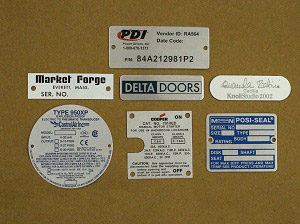 Anodized aluminum is aluminum that has been submerged in a chemical acid bath, causing an electrical current to run through it. This electrical current oxidizes, or rusts, the surface and creates a protective film. Because of that, anodized aluminum does rust but not in a typical way, and more importantly not in a harmful way. It has increased resistance to corrosion and wear. The anodizing process can work on almost any non-ferrous metal, such as tantalum, titanium, zinc, and magnesium.
Anodized aluminum is aluminum that has been submerged in a chemical acid bath, causing an electrical current to run through it. This electrical current oxidizes, or rusts, the surface and creates a protective film. Because of that, anodized aluminum does rust but not in a typical way, and more importantly not in a harmful way. It has increased resistance to corrosion and wear. The anodizing process can work on almost any non-ferrous metal, such as tantalum, titanium, zinc, and magnesium.
Anodized Aluminum Sheet
Anodizing does not just increase the durability of an anodized aluminum sheet—it heightens the visual appeal too. The oxide layers added by anodizing make the aluminum surface better for dyes, adhesives, and paint. Anodized aluminum nameplates allow the image to be sealed in anodized aluminum. This ability makes for superior image appearance with lasting quality.
Uses for Anodized Aluminum
1. Exposed metal framework on buildings
2. Premium anodized aluminum cookware
3. Outer space satellites
4. Framework material for outdoor furniture and decorative items
5. Protective housing for modern computer systems
6. Protective housing for modern home appliances
7. Anodized aluminum nameplates
Learn what is anodized metal and more about Yeuell’s photo anodizing process, which gives their anodized aluminum nameplates the durability of sapphire.
Click here to request your free quote today, or call us at (800) 345-6077 to speak with an expert.
Barcode History: Who Created the Barcode & Why Is It so Significant?
November 12, 2014
Barcode History: Who Created It?
So, when were barcodes first used? Food barcodes and product barcodes first made an impact in 1970s. Before the first barcode scanner installation in 1974, though, creating and refining the UPC barcoding system took decades. In fact, its first commercial use was actually in the 1960s. But, it could not be used in a widespread fashion at that time because an industry standard had not yet been developed. Now, metal bar codes, as well as product and food barcodes, are the standard. It took the progress of many people, though, to reach the industry standard used today.
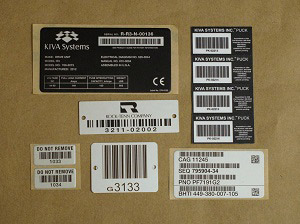
What Product Had the First Barcode?
The idea of universal food and product barcode system originated in 1932 with Wallace Flint. Flint suggested an automated retail checkout system but, this idea was originally rejected. He continued to work on his concept and was later influential in the development of the UPC barcoding system.
With Flint’s inspiration, several different kinds of codes, such as bull’s eye codes and numeral codes, were experimented with between the years of 1930-1970. While it is unknown which product had the very first barcode, we do know which product first used at the register of a supermarket in a small Ohio town.
It was two students from the Drexel Institute of Technology who accelerated the progress to where it is today. Bernard Silver and Norman Woodland were commissioned by the college to develop a solution to an automated checkout.
Their first suggestion was an ink that was sensitive to ultraviolet light. But, it was rejected as overly complicated and expensive. In 1952 they were granted a patent for their product, making barcode history. Their barcode concept fell under the category of Classifying Apparatus and Method.
What Product Had the First UPC Barcode Stamped On It?
Between the 60s and the 70s the code created by Silver and Woodland was refined and spread. Eventually, IBM came up with the UPC symbol code, which was selected as the industry standard. But, it was actually a pack of Wrigley’s chewing gum that was the first product with a UPC barcode to be scanned at a Ohio supermarket in 1974. After this, Monarch Marking produced the first barcode equipment for retail use. The first barcode equipment for industrial use, including metal bar codes, was produced by Plessy Telecommunications.
Learn more about our stainless steel & metal barcode options! Or get a free quote for your barcode order.






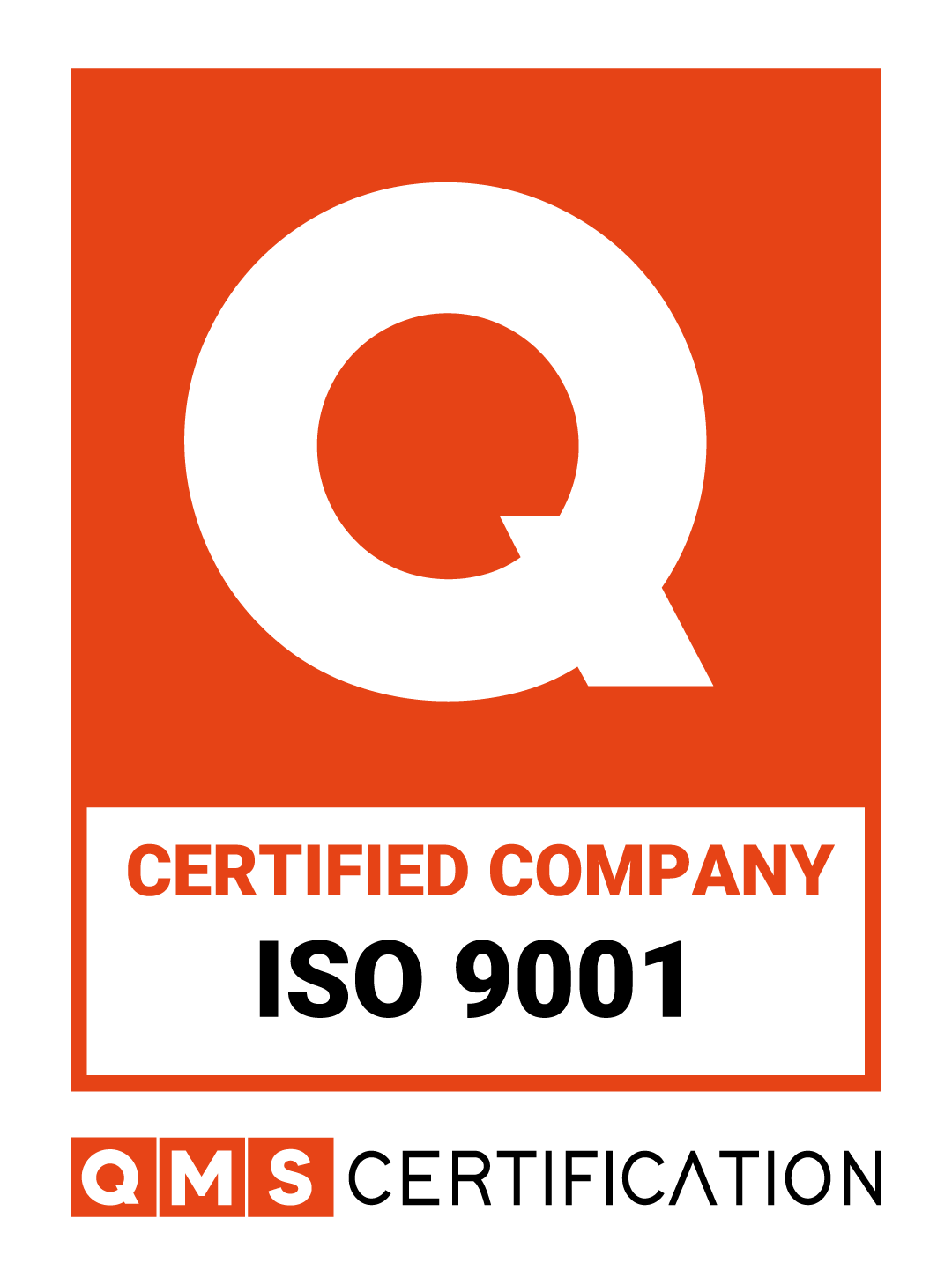
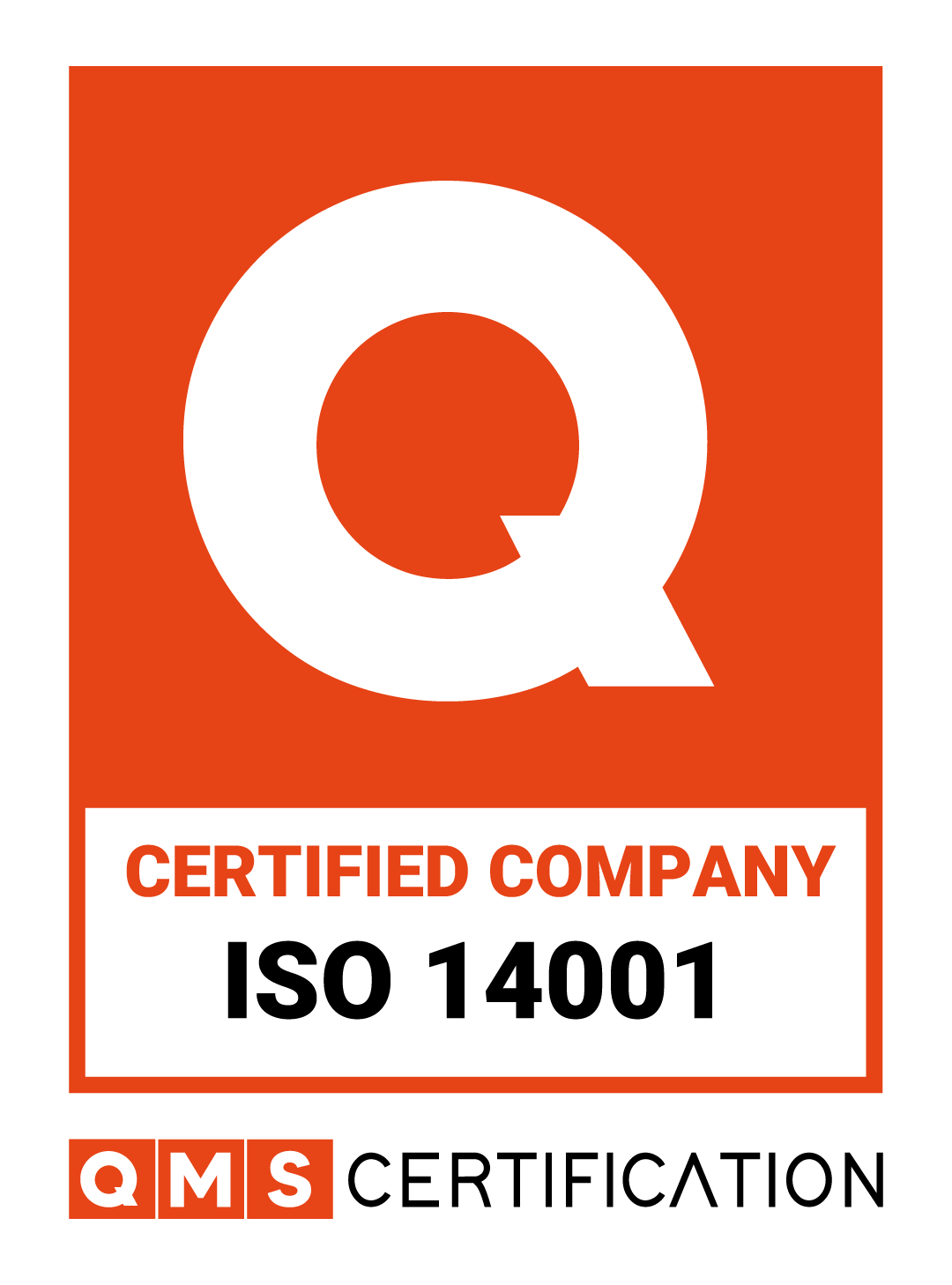

 © 2024 Yeuell Nameplate & Label, 17 Gill Street, Woburn, MA 01801 |
© 2024 Yeuell Nameplate & Label, 17 Gill Street, Woburn, MA 01801 | 




 Our recently completed Roof Top Solar array produces more electricity than we consume.
Your nameplates and labels are made by the sun – and our very talented and dedicated employees!
Our recently completed Roof Top Solar array produces more electricity than we consume.
Your nameplates and labels are made by the sun – and our very talented and dedicated employees!